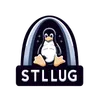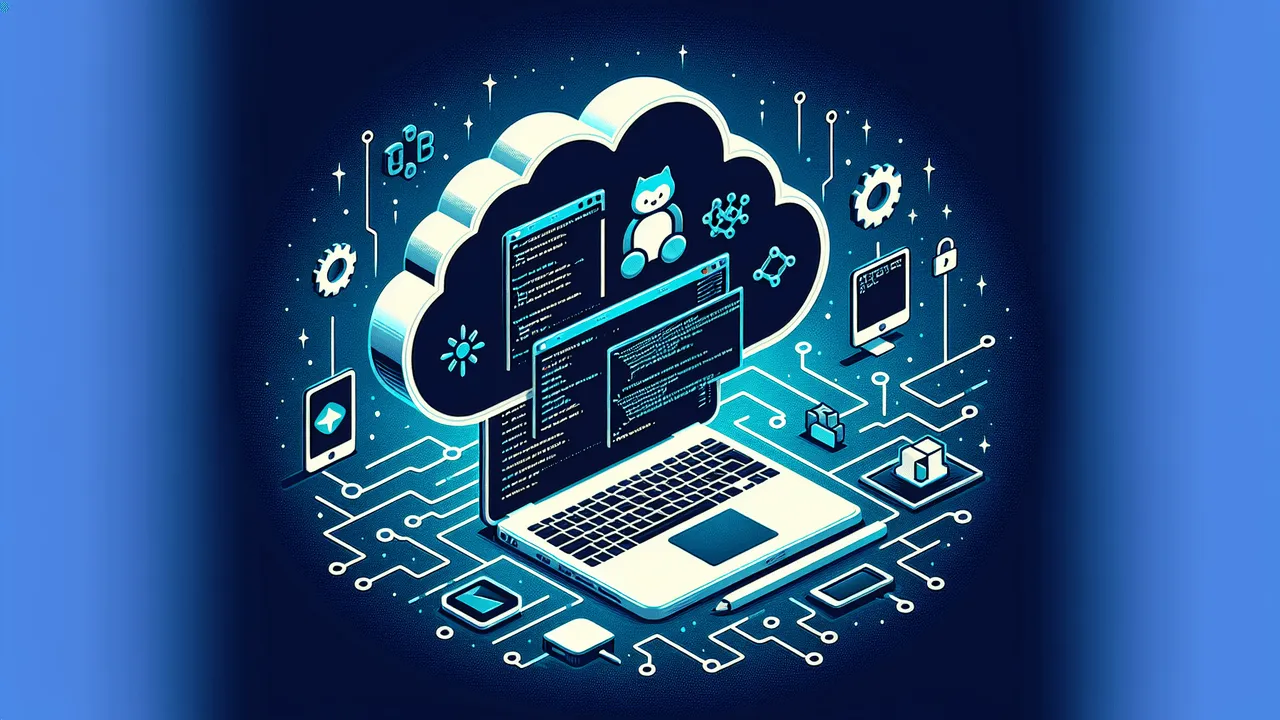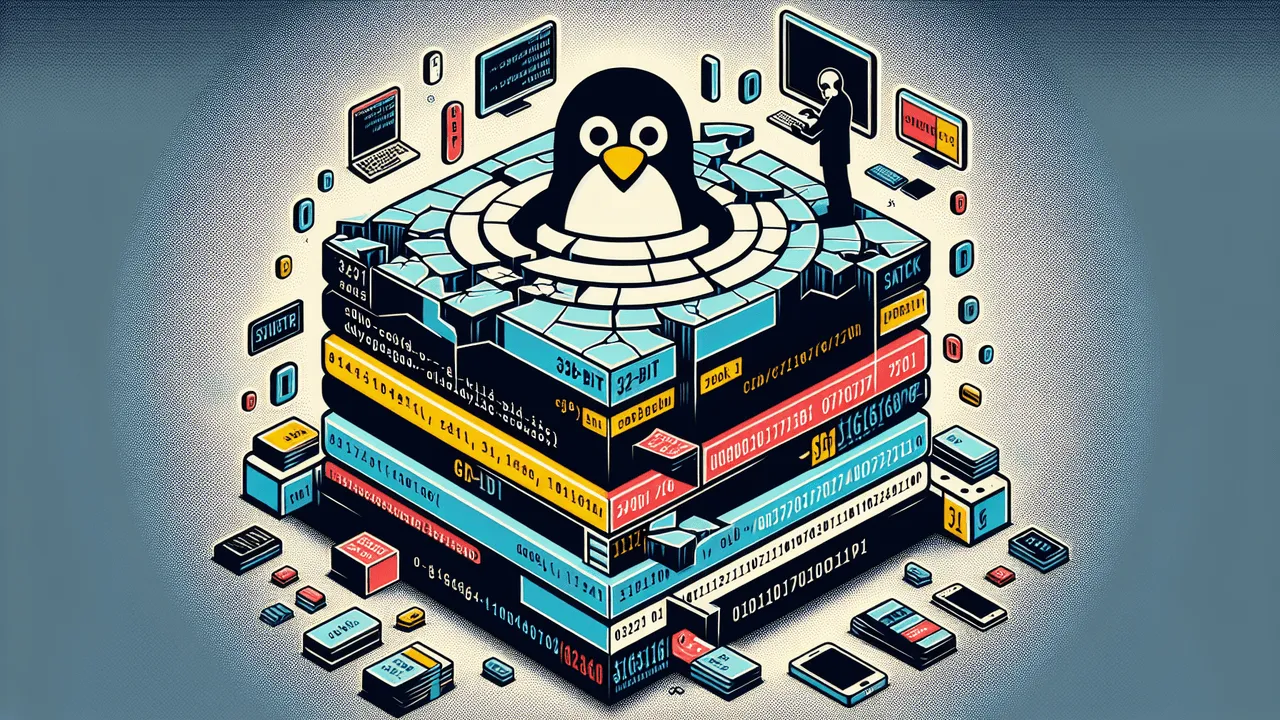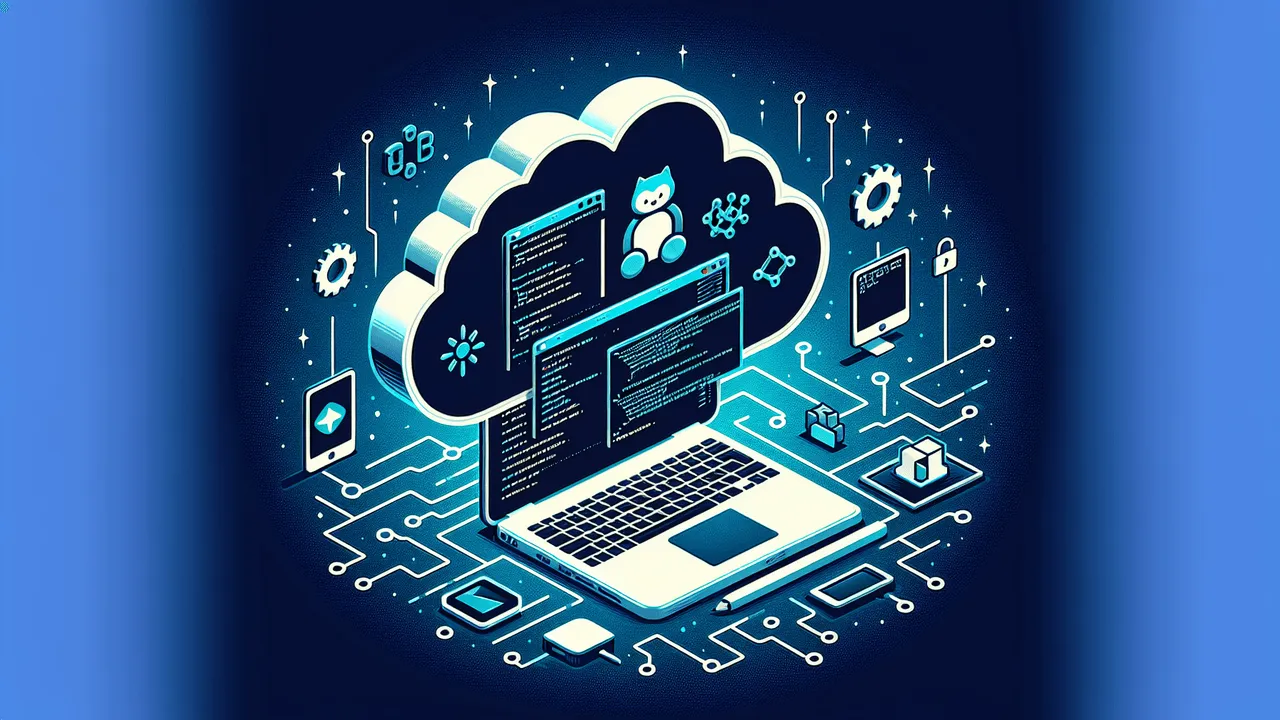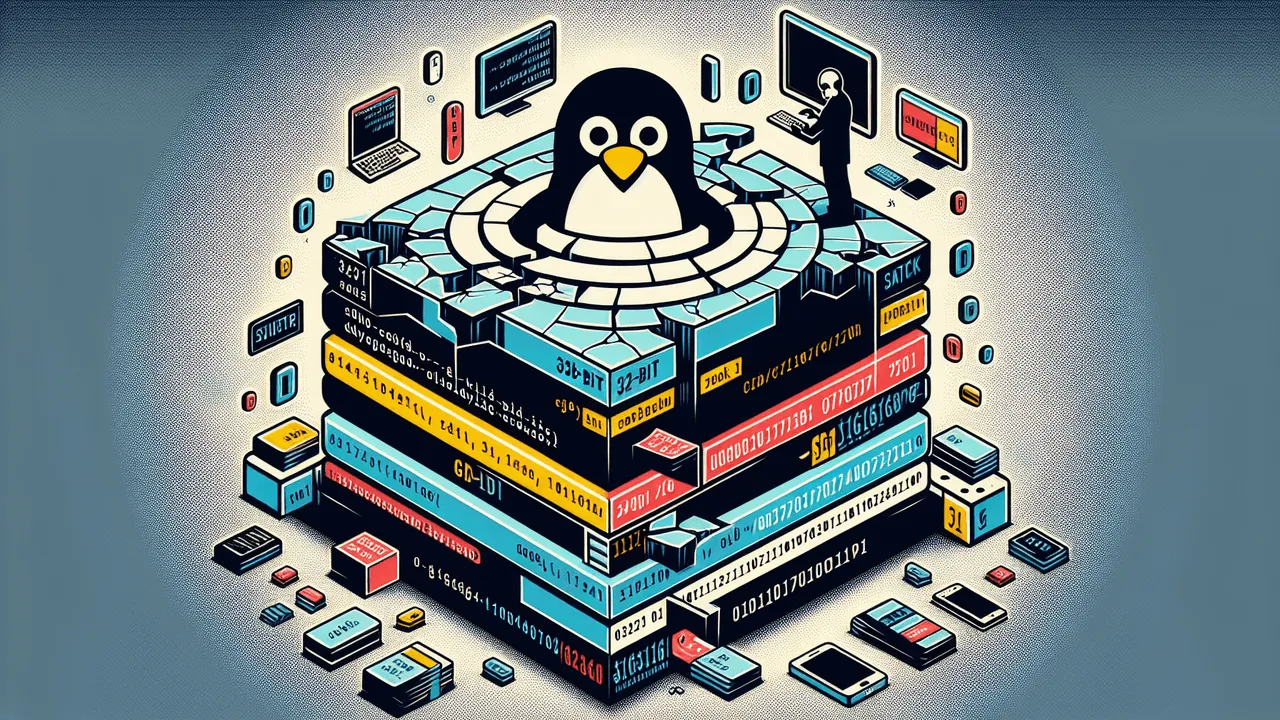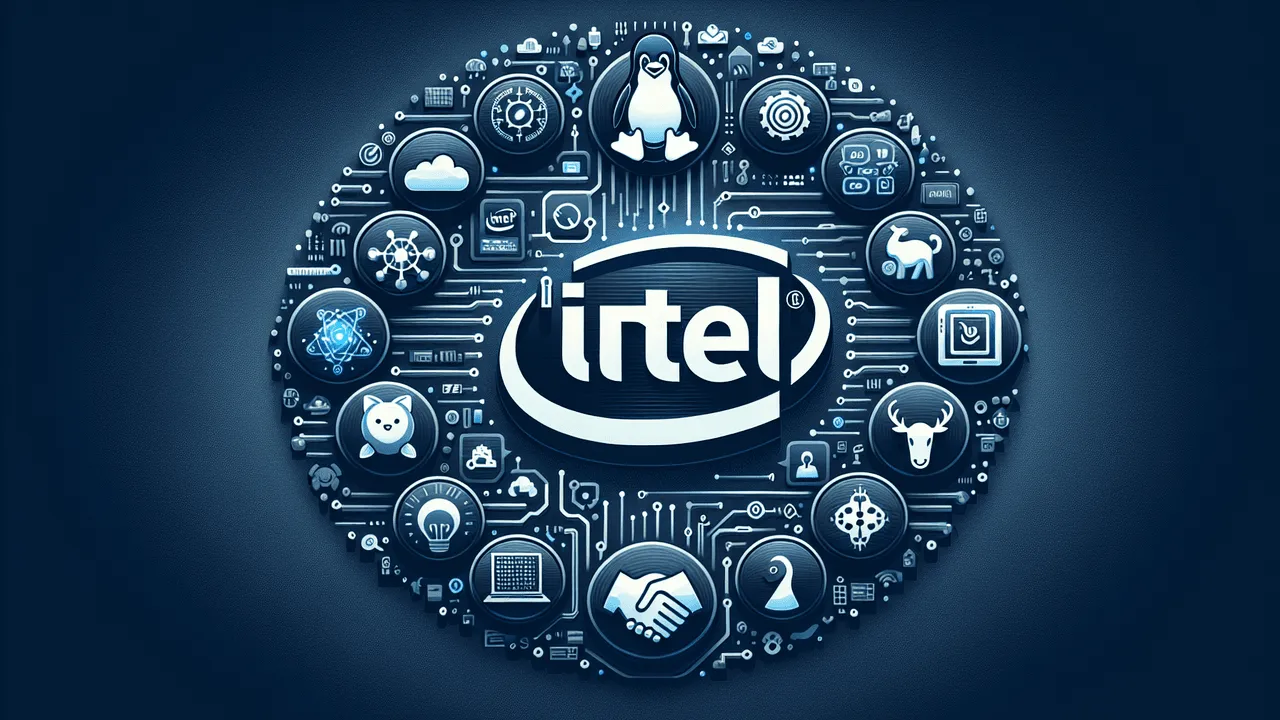Stl Linux Unix Users Group
SLUUG - June 14, 2023

Apple Announcements Including the Vision Pro
By: Scott Granneman
Ergonomic Keyboard Design
By: Eric Trinkle
SLUUG - May 10, 2023

Making Effective Use of Select in Postgress...a SQL Rant
By: Steven Lembark
Flipper Zero - A Swiss Army Knife?
By: Rob Dodson
SLUUG - April 12, 2023
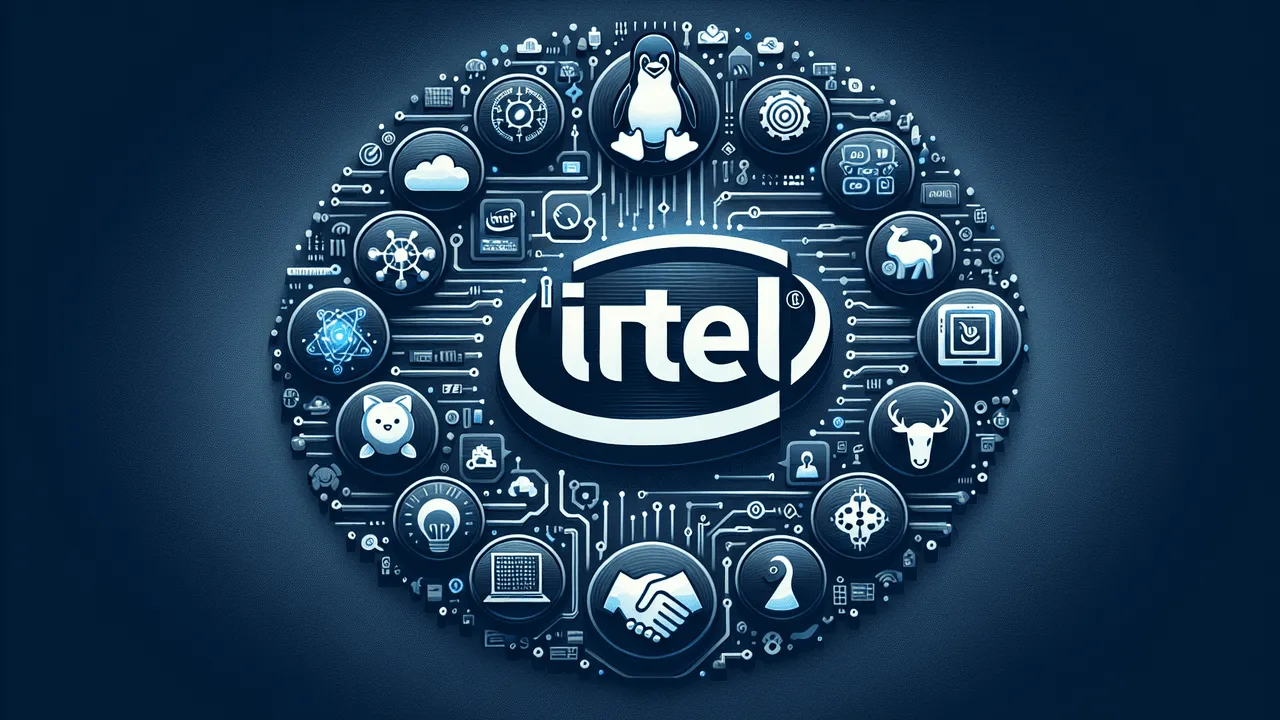
Intel's Contributions to Open Source
By: Katherine Druckman
Using KeePassXC
By: Stan Reichardt


